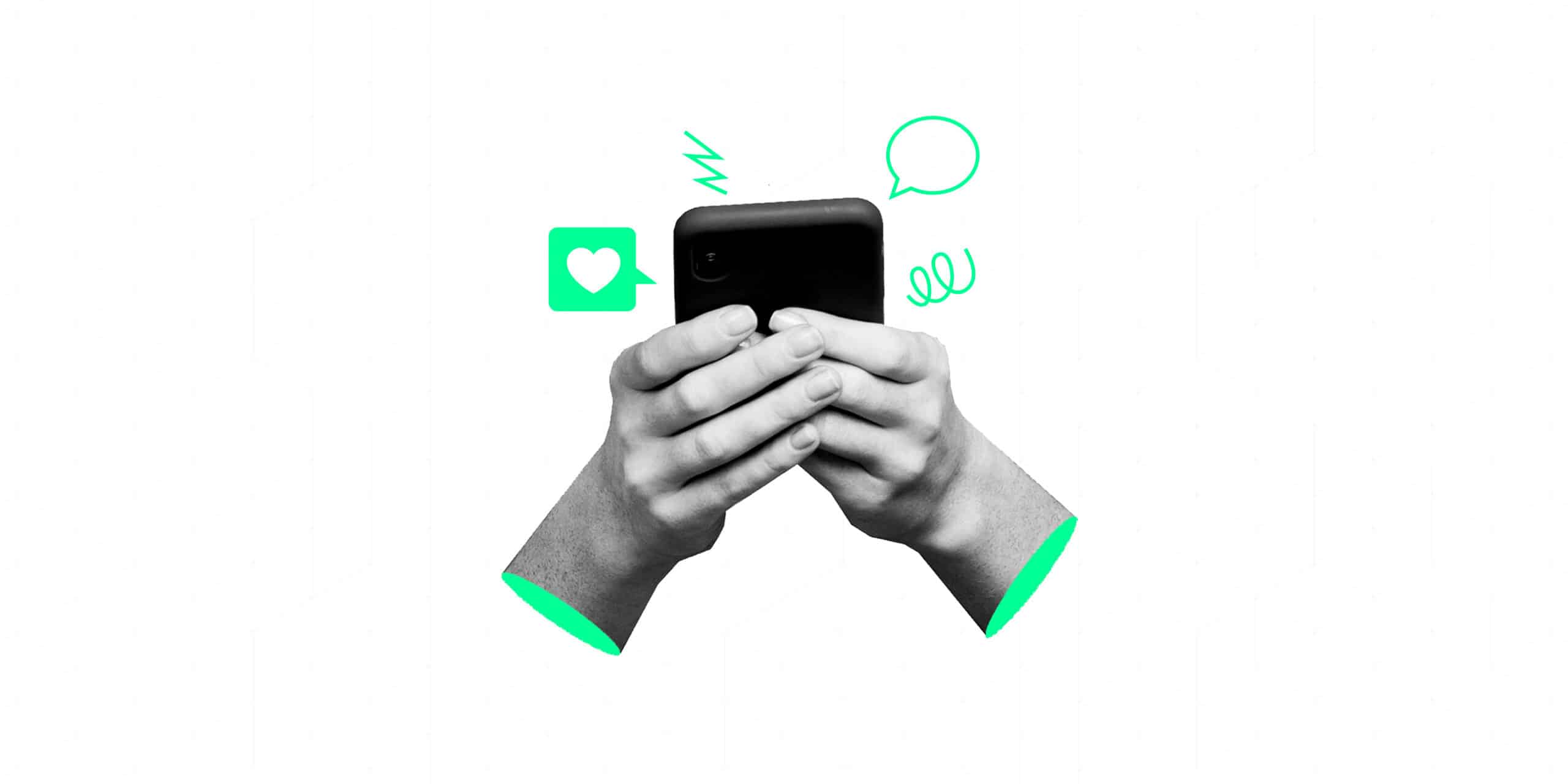In this increasingly data-driven world, there’s one area which many marketeers are yet to fully explore (or understand), and that’s how the human brain reacts to their campaigns. In this article, Emma Easter, content marketer and neuro-enthusiast, discusses the basics of neuromarketing and its applications, and shares some simple, easy-to-apply takeaway messages that anyone can use to drive better results from their next marketing campaign, even if this is the first time you’ve ever heard of neuromarketing!
What is Neuromarketing?
Neuromarketing is an evidence-based scientific approach which takes data obtained from studying the reaction of the human brain, when presented with certain stimuli, and uses this information to predict and measure which marketing approaches will be successful in helping a brand gain competitive advantage.
One of the fundamental problems for any discipline (like marketing) which is rooted in human behaviour, is how to obtain genuine and meaningful results on which to base sometimes costly marketing decisions.
But what if we had the technology to see what is actually happening inside the brains of our target audience when they’re shown our creative content?
“For neuromarketing to be useful, it should predict marketing success better than measures of opinion or behaviour” – Vaughan Bell
How Neuromarketing Works
Understanding how our audiences think, feel and behave in response to our offerings has historically been a challenge for any marketeer. Traditional approaches to discovering what our audiences like or don’t like, such as surveys and focus groups, have well-documented limitations which may mean that the data obtained is not always accurate or reliable.
In contrast, neuromarketing uses a variety of measurement techniques to obtain data, most of which are scientific in nature and have strict experimental conditions set. These can include neurometric processes such as functional MRI (fMRI) and electroencephalograms (EEG) which both measure brain activity, and sensor-based biometric processes such as electromyography or facial muscle tracking, and heart, breathing and perspiration rates. By measuring physiological responses instead of verbal ones, it may be possible to obtain a more robust set of data which is less subjective; the scanner doesn’t lie!
How Are Big Businesses Using Neuromarketing?
Although neuromarketing is still in its infancy, big businesses are using neuromarketing for a variety of purposes including:
- Branding Neuromarketing can measure activity within the brain in response to brand associations
- Design Neuromarketing techniques can measure consumer responses to logo designs, product concepts, and packaging, which are innate and outside of our conscious control
- Advertising Neuromarketing can measure aspects such as recall to establish how effective your ad is, or whether consumers find it entertaining
According to neuromarketing guru Roger Doole, sophisticated neuromarketers are even taking principles of neuromarketing one step further, and using techniques to establish customer expectations which will improve their experience with the product or service beyond the initial point of purchase.
Using principles of neuromarketing to boost campaign effectiveness
Unfortunately access to the top-flight technology required to fully embed principles of neuromarketing into your strategy comes at a cost, beyond the reach of all but the largest budgets. But what learnings can the rest of us take from big business to boost the effectiveness of our campaigns? Here are 5 easy-to-apply tips for your marketing material:
Use Colours Xreatively – The science shows that colour has the power to elicit emotions in the brains of consumers. Want your customers to associate your product with feeling energised? Choose red. Want to come across as calm and trustworthy? Opt for a reassuring mid-blue.
Use Sensory Copy – Choosing your words carefully can also impact on how consumers feel and the associations they make about your brand. A Cornell University study found that using descriptive menu labels not only increased sales by 27% but left diners feeling more satisfied at the end of the meal.
Position Content for Impact – Data from website eye-gaze tracking experiments suggest that images and copy placed in an F-shaped area on websites resulted in a higher conversion rate.
Make Content Easy to Scan – Closely linked is the concept that your copy and images should be easy to interpret at-a-glance, and clearly show the consumer what action it is you want them to take. Organise your copy with bullet points, subheadings, and tables, to make it easy to scan.
Smile If You Want to Sell – It seems intuitive to use smiling people in our marketing material, but scientists have found that observing a genuine smile evokes feelings of joy, and participants reported deeper positive feelings towards the product as a result.
Even if you don’t have the budget to fully immerse yourself in neuromarketing research next time you want to A/B test your marketing materials, the application of neuroscience to the fine art of successful marketing is driving positive results for brand campaigns across the globe. By following some simple principles, you too can design creative campaigns with greater confidence that your audience are going to love what they see.
Emma is a certified content marketer and former neuro specialist speech-language pathologist, with over 12 years’ experience within both clinical and corporate communication environments. She has specific skills in content strategy and planning, digital SEO-focused content, social media strategy and creation, and digital copywriting.




